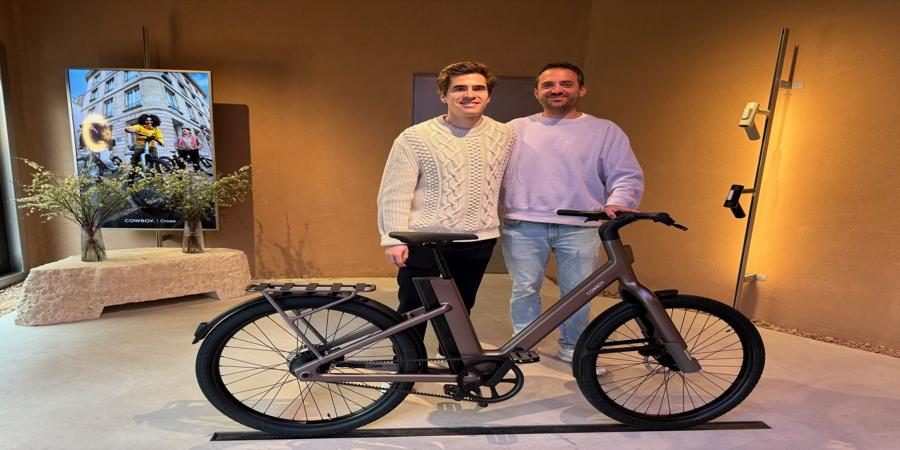Cowboy, the Brussels-based company that has been designing and selling electric bikes that you can see in major cities across Europe, has closed a small, strategic funding round of €5 million (around $5.5 million at current exchange rates). That includes €1 million in debt facilities.
While the amount isn’t as impressive as some of Cowboy’s previous fundraises, the company has been looking for an investor outside of the traditional European VC firms that have already invested in the startup — an investor that could potentially open new doors. As a result, Cypress Capital is leading the round. The Hong Kong-based investment firm has strong ties with Taiwan, which is a key hub for the global bicycle industry.
“A lot of our Asian-based suppliers are Taiwanese for historical reasons. We are growing the portion of our European suppliers continuously as we have about half of our parts that come from European suppliers. But the other half comes from Asia and mostly from Taiwanese suppliers,” Cowboy co-founder and CEO Adrien Roose (pictured above right) told TechCrunch.
Existing investors Index Ventures, Hardware Club, Future Positive Capital, Isomer and Exor are also participating once again in Wednesday’s funding round. Cowboy will also launch an equity crowdfunding campaign to give an opportunity to its customers to invest in the company.
“We’ve been raising somewhere between €10 [million] and €20 million a year over the last few years,” Roose said. “And yeah, the amount has gone down. Last year we raised €8 million in equity and €5 million of debt. And now we’re just announcing a €5 million raise, which is a fairly small raise for a company of our size.”
According to him, the company needs to raise less capital because it requires less capital. Cowboy should be more or less breakeven on an EBITDA basis for the second half of this year. Next year, he says, the company will turn a profit for the first time since its inception.
“And we don’t want to raise more than what we need, especially in these market conditions,” Roose added. It doesn’t mean that Cowboy won’t raise ever again. However, it’s been a wild ride for the startup as the e-bike industry experienced a significant boost in sales after COVID-related lockdowns. The company’s valuation peaked around that time.
But then, demand slowed down quite drastically. VanMoof, another European e-bike startup backed by venture capitalists, declared bankruptcy. It had a chilling effect on the entire industry.
With this recent funding round, Cowboy is now valued at €40 million on a pre-money basis. But now, all eyes are on profitability — not the company’s valuation. “We’re starting to see a ray of sunshine after the rain,” Roose said.
And believe it or not, rain plays an important part in Cowboy’s sales. The company usually sells more bikes during the spring as people start thinking about cycling to work and other places. It’s been particularly rainy in Europe this year, so Cowboy’s sales have been a bit underwhelming.
The company originally focused on a single model and iterated on the design over the years. After Cowboy 1 came Cowboy 2, Cowboy 3 and Cowboy 4. The company is now moving away from numbers and expanding its lineup to other form factors.
Cowboy added the Cruiser, a model with an upright riding posture and a step-through version to appeal to more riders. This year, the company added the Cowboy Cross model, an all-road model that aims for comfort and long-distance trips.
Similarly, Cowboy has diversified its distribution channels. In addition to its online stores, Cowboy now sells its e-bikes in traditional bicycle stores. “Since last year, we started doing partnerships with local bike shops because the fact is that 80% of e-bikes sold in Europe are still sold through these bike shops, and so we want to embrace that,” Roose said.
Behind the scenes, Cowboy bikes share the same electronic platform and software features, such as theft alerts, crash detection, in-app challenges and AdaptivePower. This feature, which has been recently updated, automatically adjusts the power of the motor depending on the current slope or wind conditions.
“We’ve invested lots of time, efforts and capital into building that platform that works really well. And now we want to capitalize on it and essentially build a family of products,” Roose said. “So we have the Classic, the Cruiser, the Cross. And you will see more bikes from us in the future.”
Source @TechCrunch



